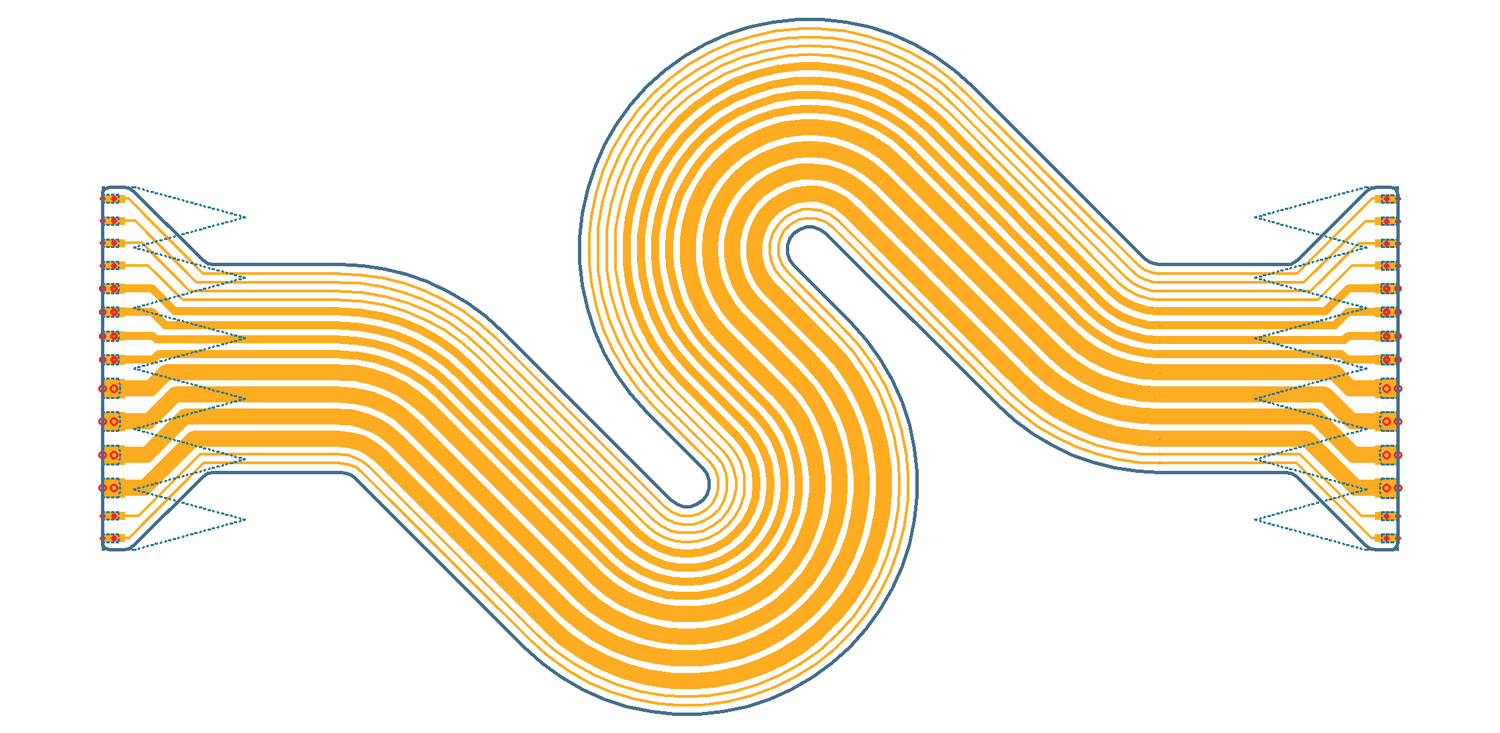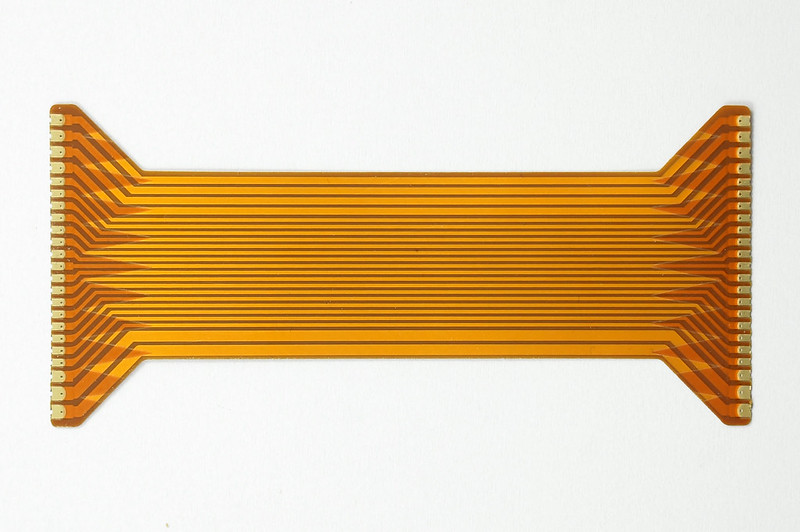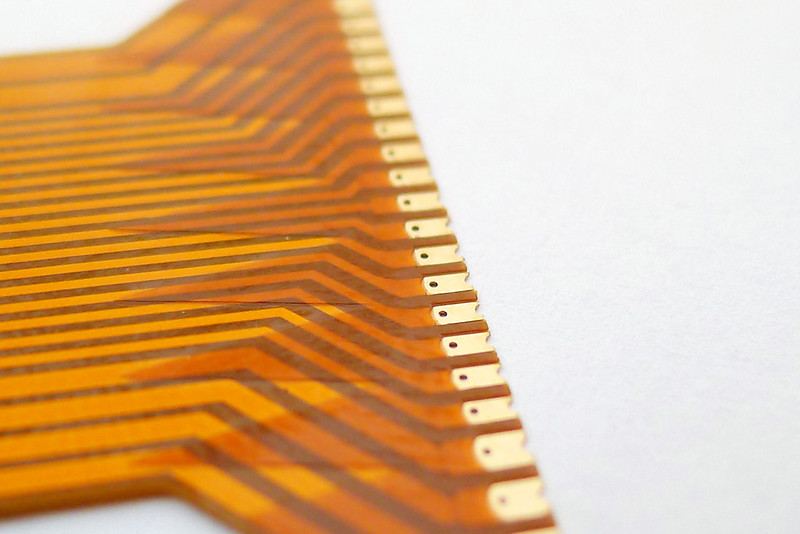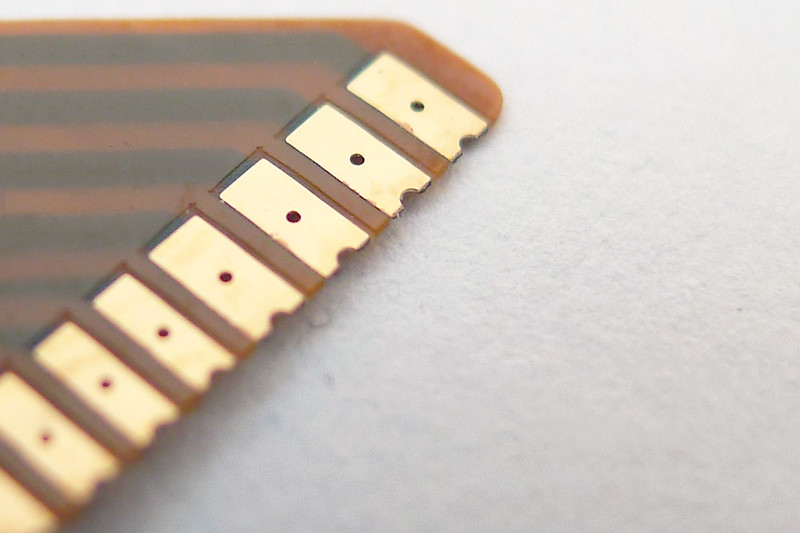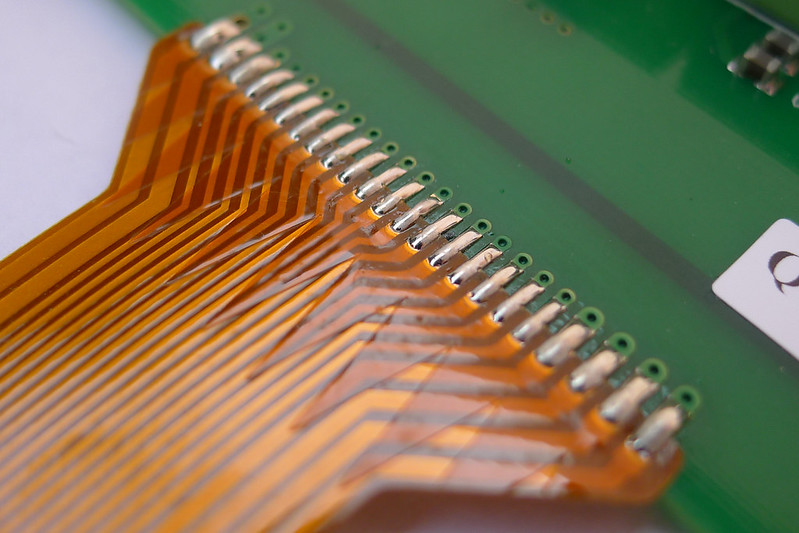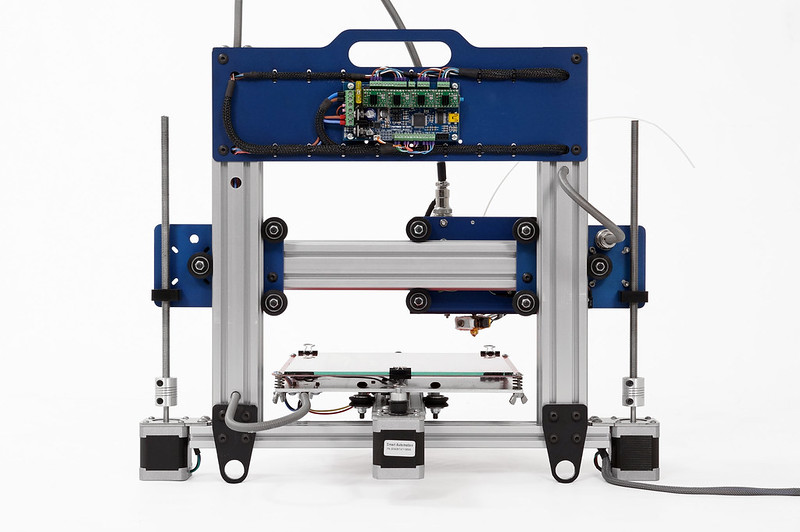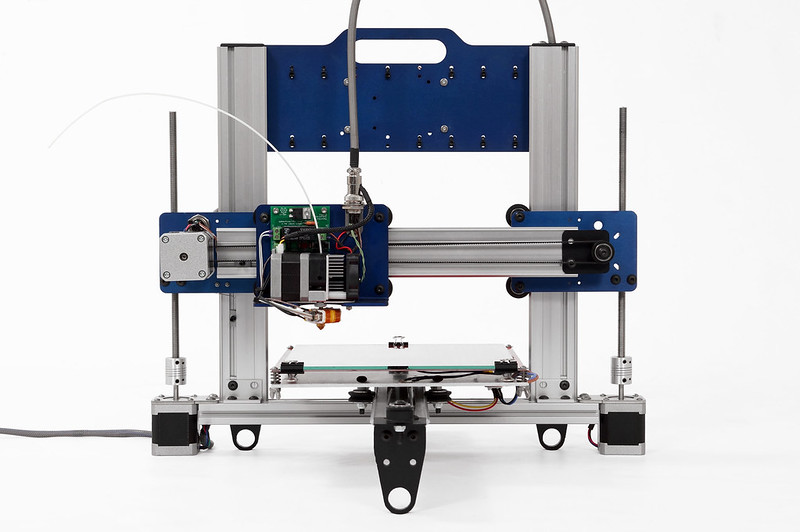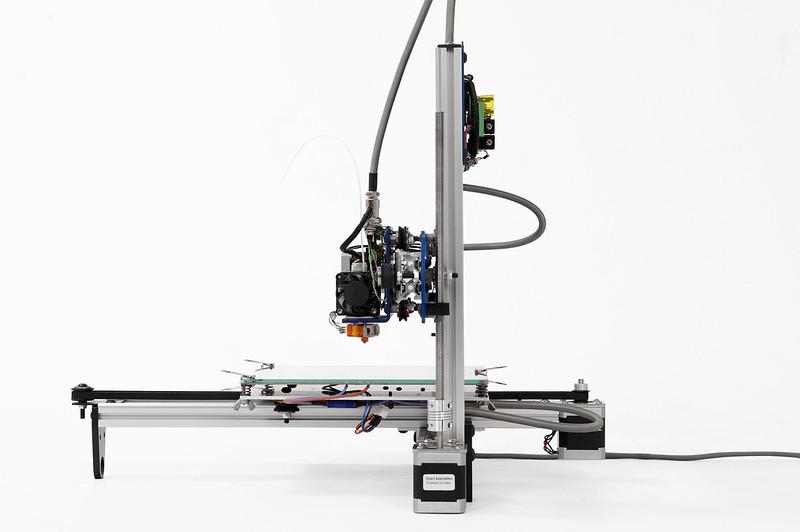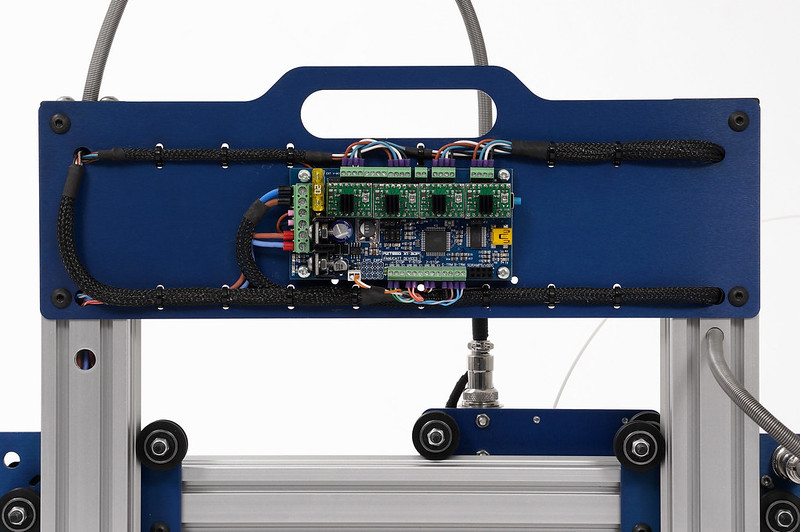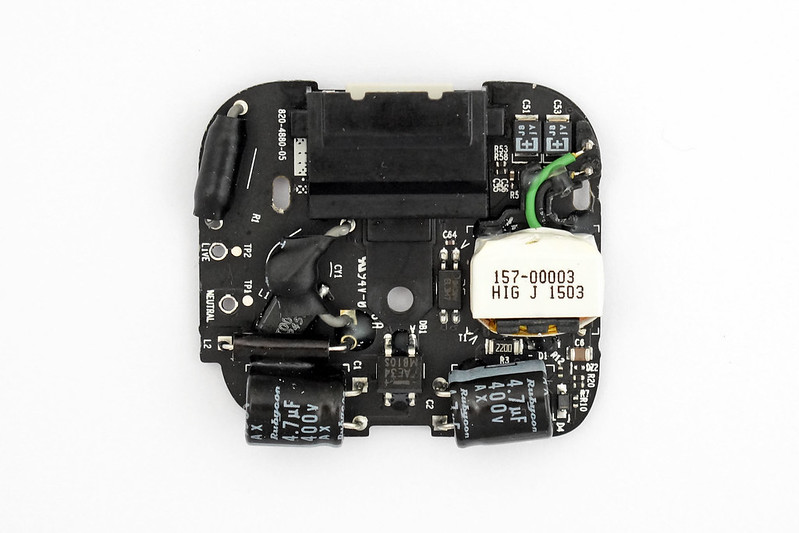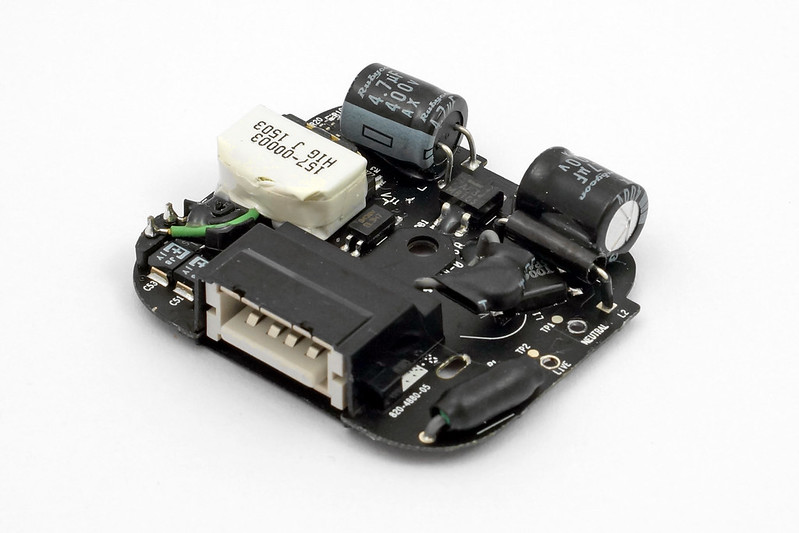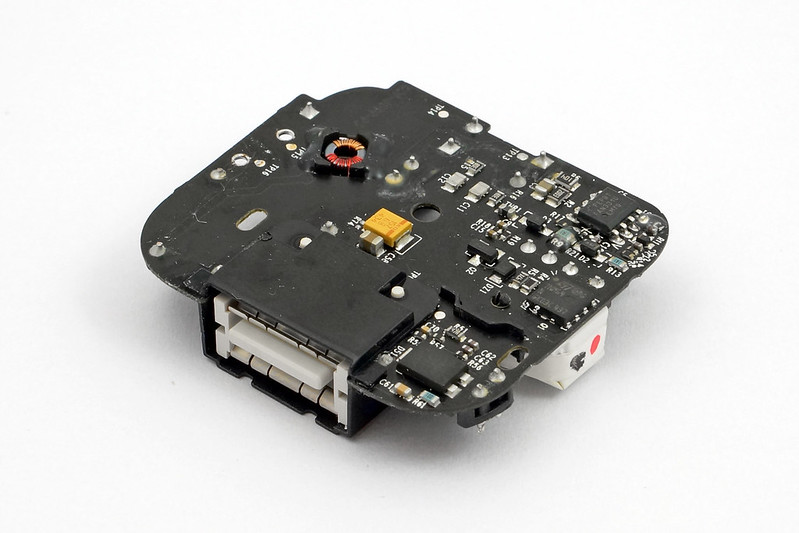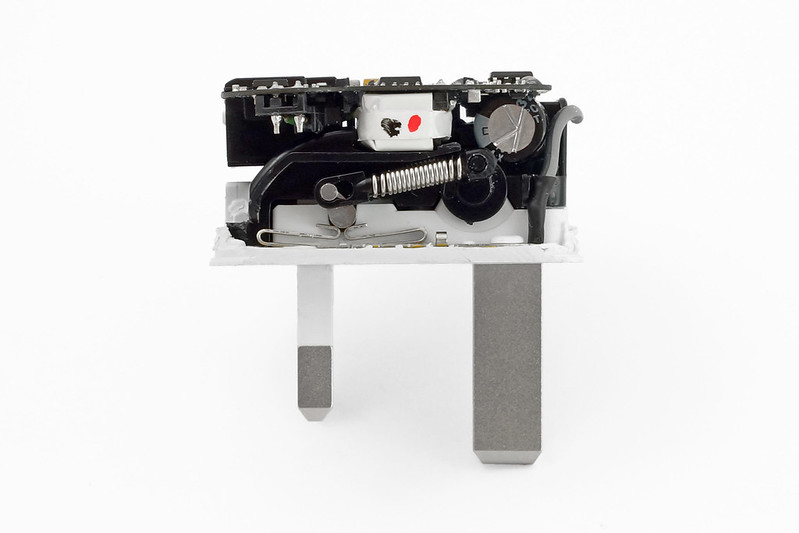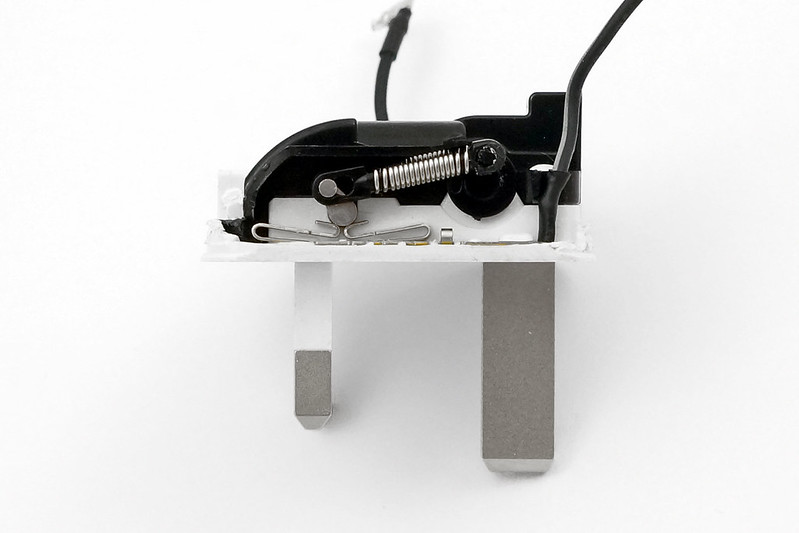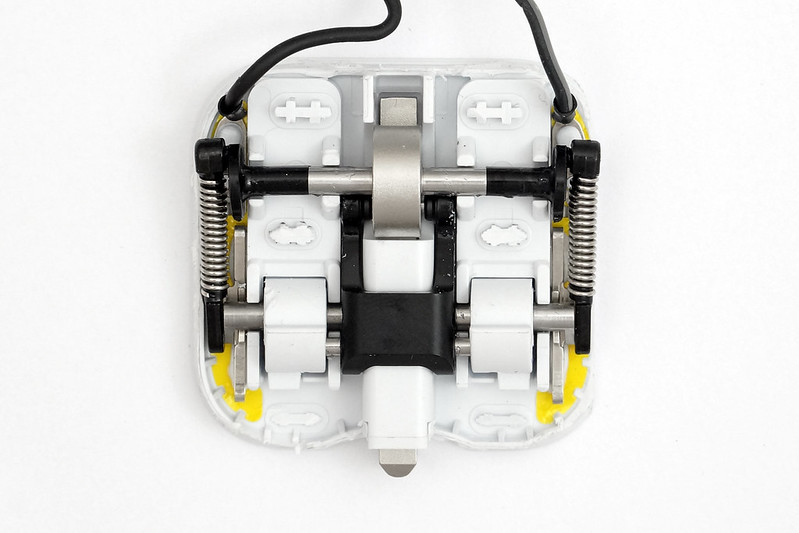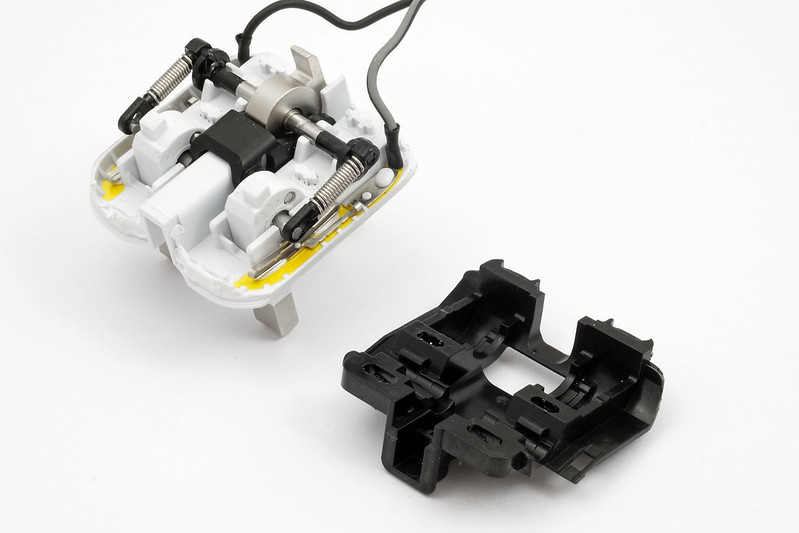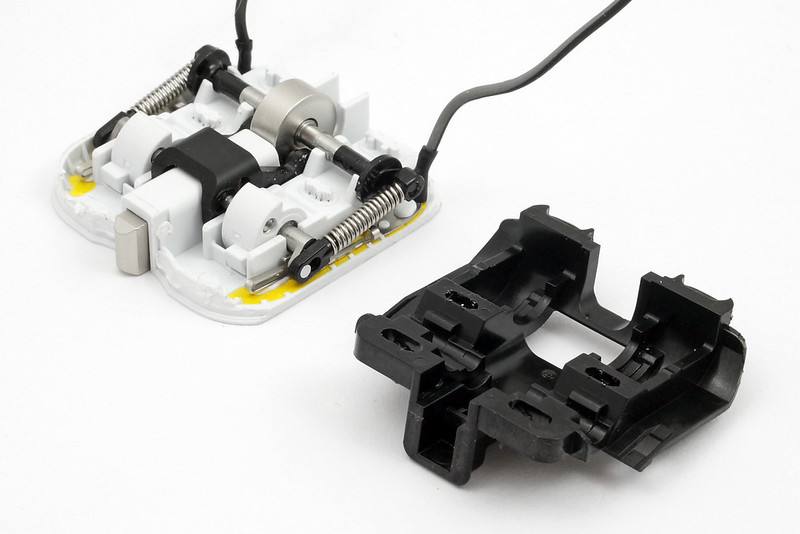Recently, I’d inadvertently bought a lightning to 3.5mm adapter that was a counterfeit. It wasn’t that obvious, but there are some tells externally. This was a good chance to compare with a genuine part and to see what’s going on inside.
Packaging
It’s not terribly obvious at first glance. The print quality seems equivalent, the card is right, the seals are in the right places. Looking closer, the easiest way is the subtle difference in the typeface and kerning. The ‘t’ is distinctly different, the kerning isn’t applied optically.
Physical
The genuine part has a very easy to identify raised molding around the lighting connector. Other than that, the precision of the molding on the fake part is considerably worse, with mold flash appearing around the connector.
X-Ray
- The fake part uses 2 x QFN packages with only 4, possibly 5 external passives.
- The genuine part uses a larger BGA on one side with a much smaller BGA on the other. There appears to be at least two 4-bump WCSP packages along with tens of passives.
- There appears to be solder spatter on some of the wires on the fake part. This is generally found in a less well-controlled manufacturing process.
- The wires are both more substantial and more carefully routed on the genuine part.
- There is some mechanical reinforcement on the genuine part, a metal shroud underneath the molding. This could be to prevent stress around the PCB, particularly the BGA joints.
- There are 7 wires on the genuine part and only 4 on the fake part from the lightning connector.
Performance
- The dead giveaway, even without paying close attention to the packaging and build quality was the performance.
- Listening at quieter volume levels clicks and pops were immediately obvious.
- The 3.5mm jack socket created a scratchy noise on any physical movement.
- After the first week, iOS starting throwing a “this accessory is not certified and may not work reliably with this iPhone”.
Other thoughts
I’d previously seen bad fakes online – usually, there are very obvious physical tells that the product isn’t genuine such as size, OEM-style packaging or markings. In this case, almost everything superficially appeared right until you look closer. I’d purchased from a seller on eBay (I know, I know…) with lots of positive feedback and assurances in the listing that it was genuine for £6. The price was the most obvious warning sign – a genuine part is £10. For more and more products these days I’d stick to buying from big-box retailers where there is more stringent sourcing, or straight from the manufacturer.
See also
Inside Apple’s New Audio Adapter
Apple Lightning to Headphone Jack Adapter Teardown
Adapter surgery










